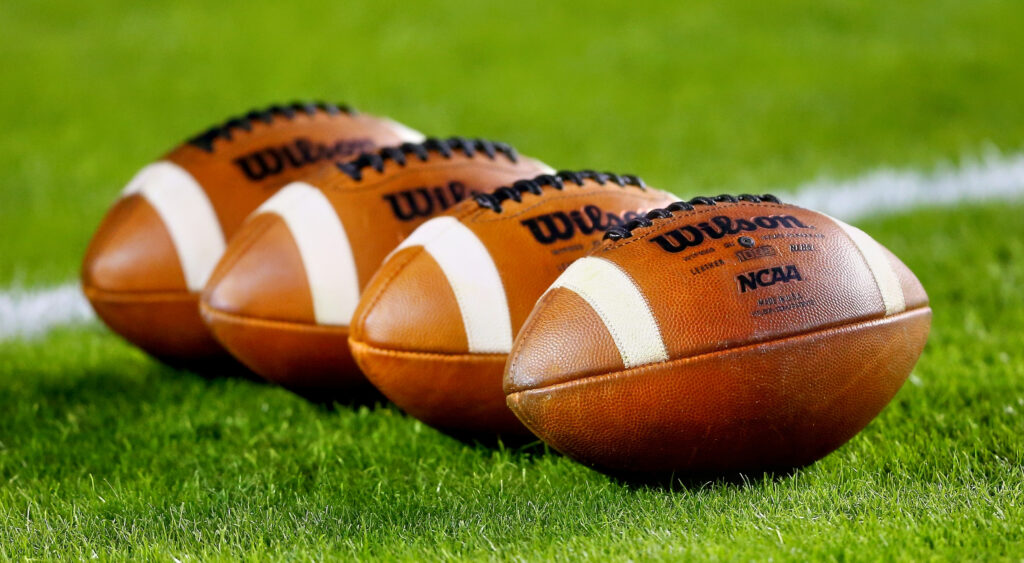
In college football, the clock generally runs continuously except for certain situations. In the past, the clock stopped briefly after a team gains a first down to allow time for the chains to be moved and the new down marker to be set.
We say in the past because that will no longer be the case.
The clock has stopped after all first downs in college football games since 1968 and is restarted after the ball is positioned and whistled to be ready for play.
The NCAA’s Playing Rules Oversight Panel approved a recommendation to keep the clock running after first downs during the majority of Division I and Division II football games.
This major college football rule is set to change for the first time in over 50 years.
While Divisions I and II will adopt the new rule, Division III has pushed back on doing it. Allowing the clock to run is expected to reduce the number of plays by an average of seven per game, according to Steve Shaw, secretary-editor of the rules committee.
Click on ‘Follow Us’ and get notified of the most viral NCAA stories via Google! Follow Us
College football games routinely take over three hours and sometimes it can reach to over four hours and that is without overtime.
In addition to the clock rules, teams are now no longer allowed to take consecutive timeouts. Fans have become used to seeing a team with multiple timeouts take those to ice a kicker ahead of a late field goal attempt in a half. Now, teams can only take one timeout in that scenario.


